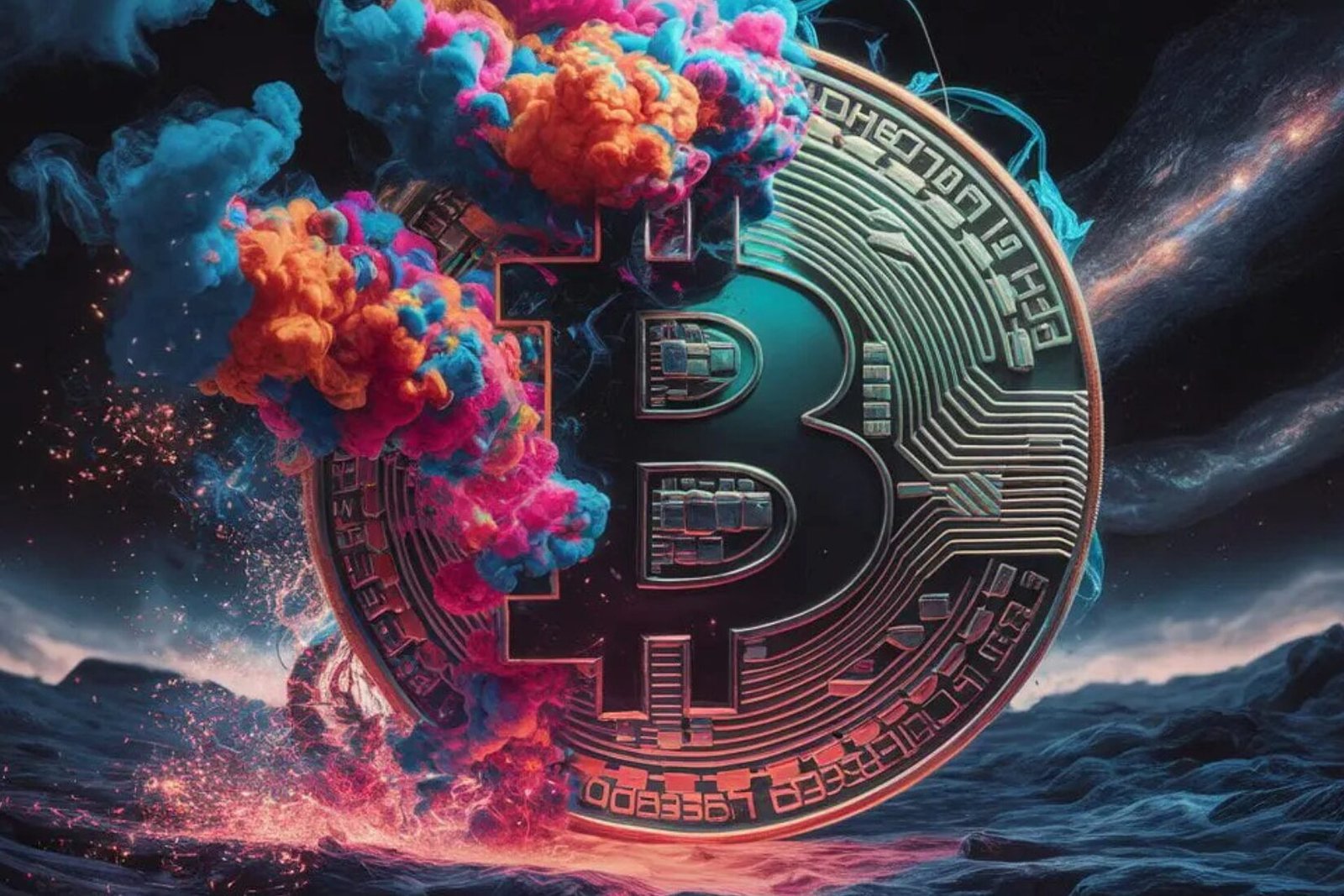What Does Bitcoin Halving Mean? It’s Simpler Than You Think
Bitcoin halving meaning—it sounds technical, even intimidating, right?
But stick with me here. It’s not as complex as it seems. At its core, Bitcoin halving is a pre-programmed event that cuts the reward for mining new Bitcoin in half. It happens roughly every four years, and while the concept may seem buried in blockchain jargon, its effects ripple through the entire crypto ecosystem.
In short: fewer Bitcoins are created, miners earn less per block, and the supply becomes tighter. Some call it a catalyst, others say it’s just hype—but either way, halving events tend to stir the pot.
How Bitcoin halving works (and why people care)
Let’s break it down: when a Bitcoin “block” is mined, the miner receives a reward. That reward is halved every 210,000 blocks.
Back in 2009, miners earned 50 BTC per block. By 2012, it dropped to 25, then 12.5 in 2016, and so on. As of now, it’s just 6.25—and the next halving will bring it to 3.125 BTC. That’s a big deal to miners who rely on these rewards to stay profitable.
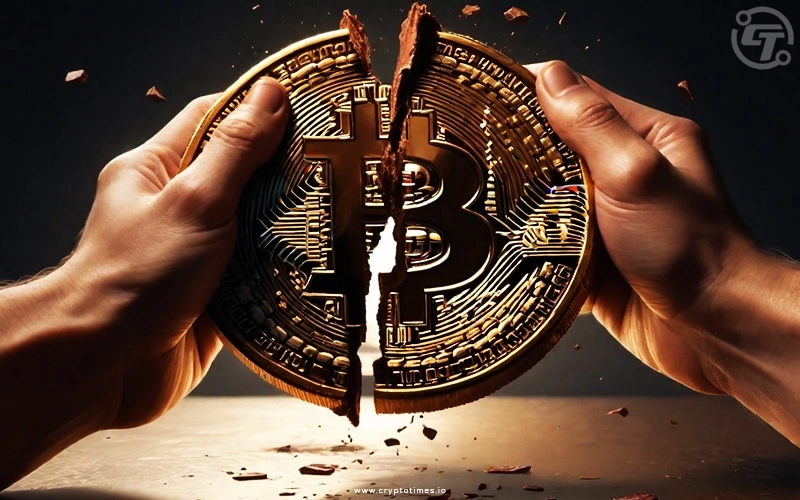

But here’s where it gets interesting: Bitcoin’s total supply is capped at 21 million. That’s it—no more. Halving slows down how quickly new coins enter circulation. Simple supply and demand math suggests that if fewer coins are available, and demand holds or rises… well, prices might follow.
Then again—maybe not. Crypto is anything but predictable.
Bitcoin halving meaning for price: boom or just buzz?
Here’s the popular belief: halving reduces supply, which increases scarcity, which boosts price. But does that always hold up?
Kind of. Historical patterns do show price increases months after previous halvings. In 2012 and 2016, for example, Bitcoin surged in the following year. After the 2020 halving, we saw an all-time high in 2021. Coincidence? Maybe. Or maybe not.
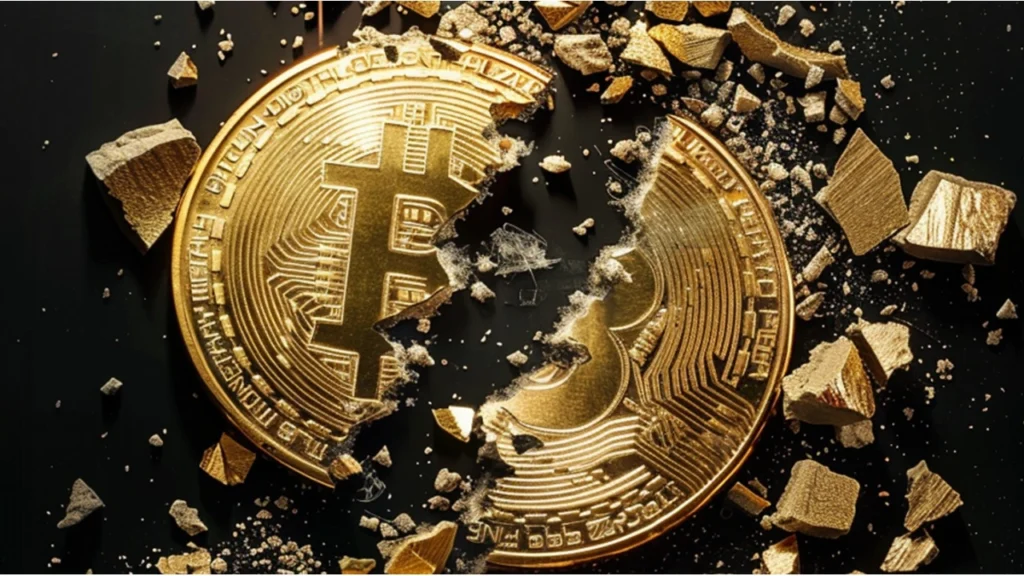
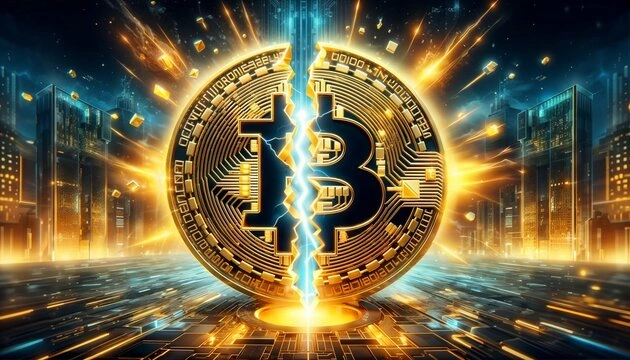
Still, some argue that “it’s already priced in.” After all, the market knows the halving schedule—it’s no surprise. Others point to macroeconomic factors, regulatory shifts, or investor sentiment as bigger drivers of price.
So… will the next halving make you rich overnight? Highly unlikely. But it might create conditions that contribute to a broader rally—eventually.
Why miners, not just investors, watch halving closely
Miners are on the frontlines here. When their rewards get cut in half, their income takes a hit—unless Bitcoin’s price doubles to compensate.
That’s why halving can shake up the mining industry. Some miners, especially those with higher electricity costs or older hardware, may shut down. Others might double down, betting on price increases.
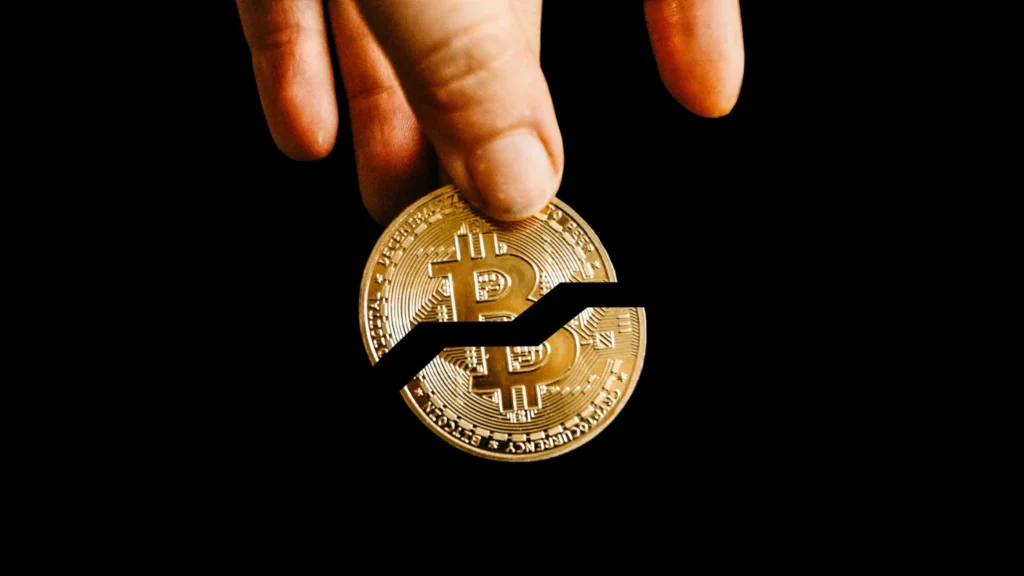
This self-adjusting system is part of what makes Bitcoin fascinating. No central authority decides how much is printed. Instead, halving enforces scarcity through code—and miners adapt or exit.
Final thoughts: don’t overhype it, but don’t ignore it either
So, what’s the real Bitcoin halving meaning? It’s a built-in mechanism to control supply, manage inflation, and keep the network running for the long haul.
Will it cause prices to skyrocket? Maybe. Maybe not. But understanding halving gives you insight into why Bitcoin behaves the way it does—and why people get so hyped about these events, even if they don’t always deliver instant results.
At the very least, it’s one of those rare things in crypto that’s predictable. The schedule is set, the logic is clear. Now what the market does with that info… well, that’s a whole other story.
Relevant news: Bitcoin Halving Meaning: The Real Pros and Cons You Should Know

